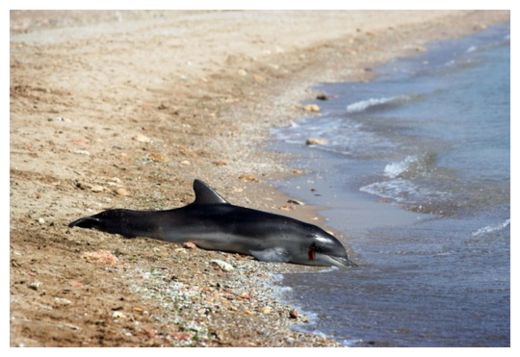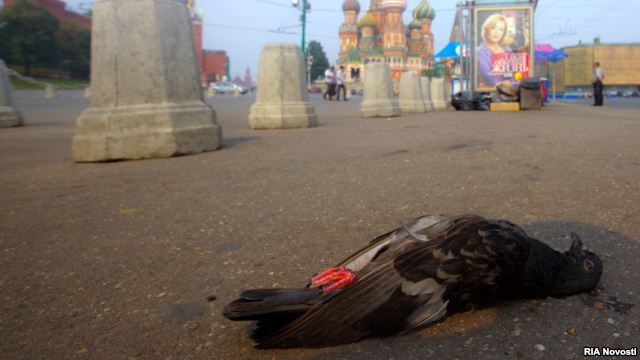
© Thinkstock
Researchers from the University of Pennsylvania's School of Veterinary Medicine have turned a large laboratory designed to treat four-legged animals into a research facility to get to the bottom of one of this summer's greatest tragic mysteries.
Some 70 miles away, dolphins are turning up dead along the Jersey shore and other coastal communities and, at this point, the cause still remains largely unknown. More than 200 dolphins have washed ashore since June and many have ended up on UPenn's New Bolton Center research tables where veterinarians look to find an answer.
The UPenn lab was specifically called upon for this task due to close ties with the Marine Mammal Stranding Center (
MMSC) in Brigantine, NJ, which handled many of the deceased creatures that turned up on nearby shorelines.
The Center, located in Kennett Square, PA, sits in the southeastern part of the state near the Delaware line. The board-certified veterinary specialists have performed detailed necropsies on each of the dolphins brought into the lab to hunt out and identify potential abnormalities. Hours upon hours are then spent examining tissues under microscopes and researchers conduct tests with antibodies, hoping to uncover the cause of death in these intelligent marine mammals.
After painstakingly long processes, some evidence has turned up.
"One of the saddest things to see on these creatures is some have horrible pneumonias and ulcers so you know that they are suffering. And the shark bites are kind of sobering to look at," Dr. Perry Habecker, chief of large-animal pathology at the New Bolton Center, told
USA Today's Kristi Funderburk.



Comment: See also: Another atypical animal attack on humans: Villagers viciously attacked by a pack of starving wolves in China
'Super pack' of 400 wolves terrorise remote Russian town after killing 30 horses in just four days